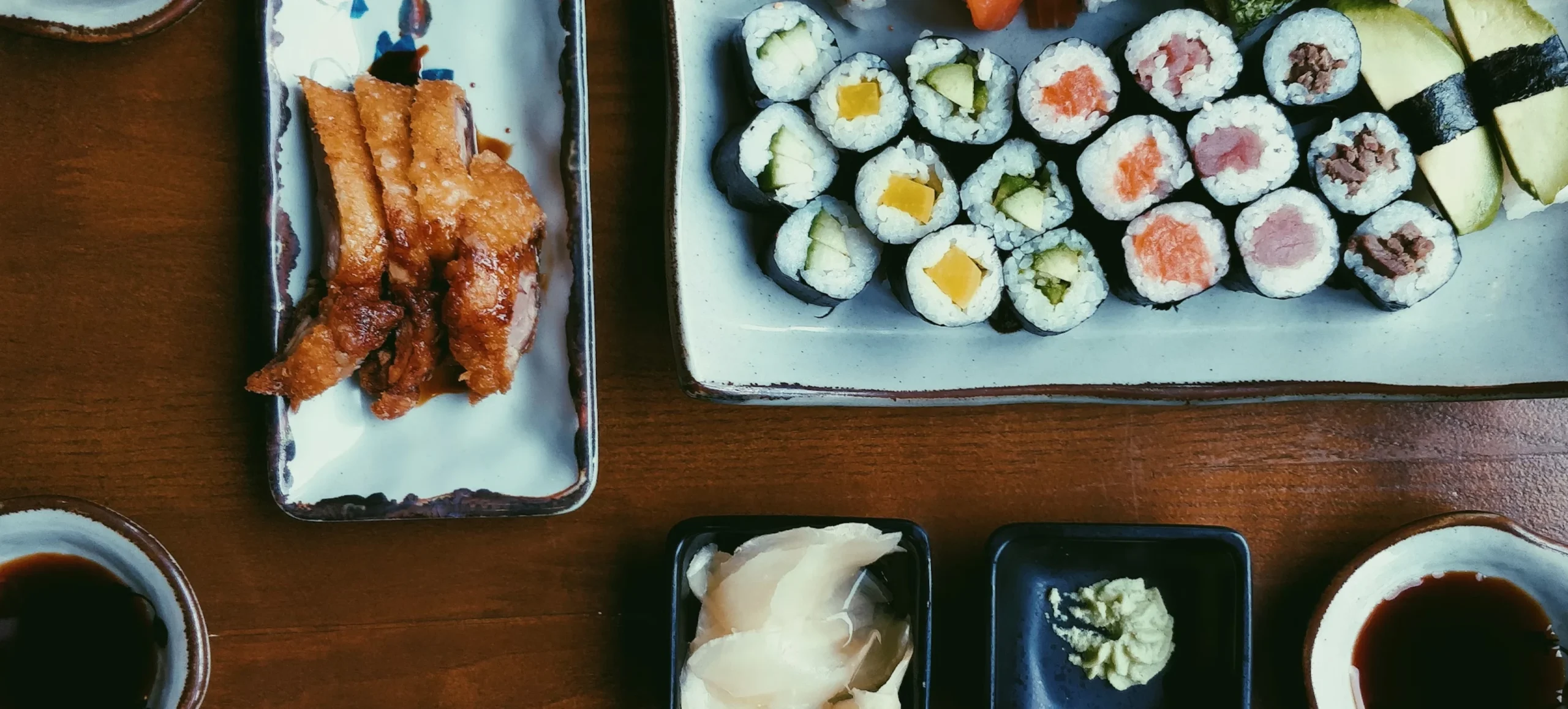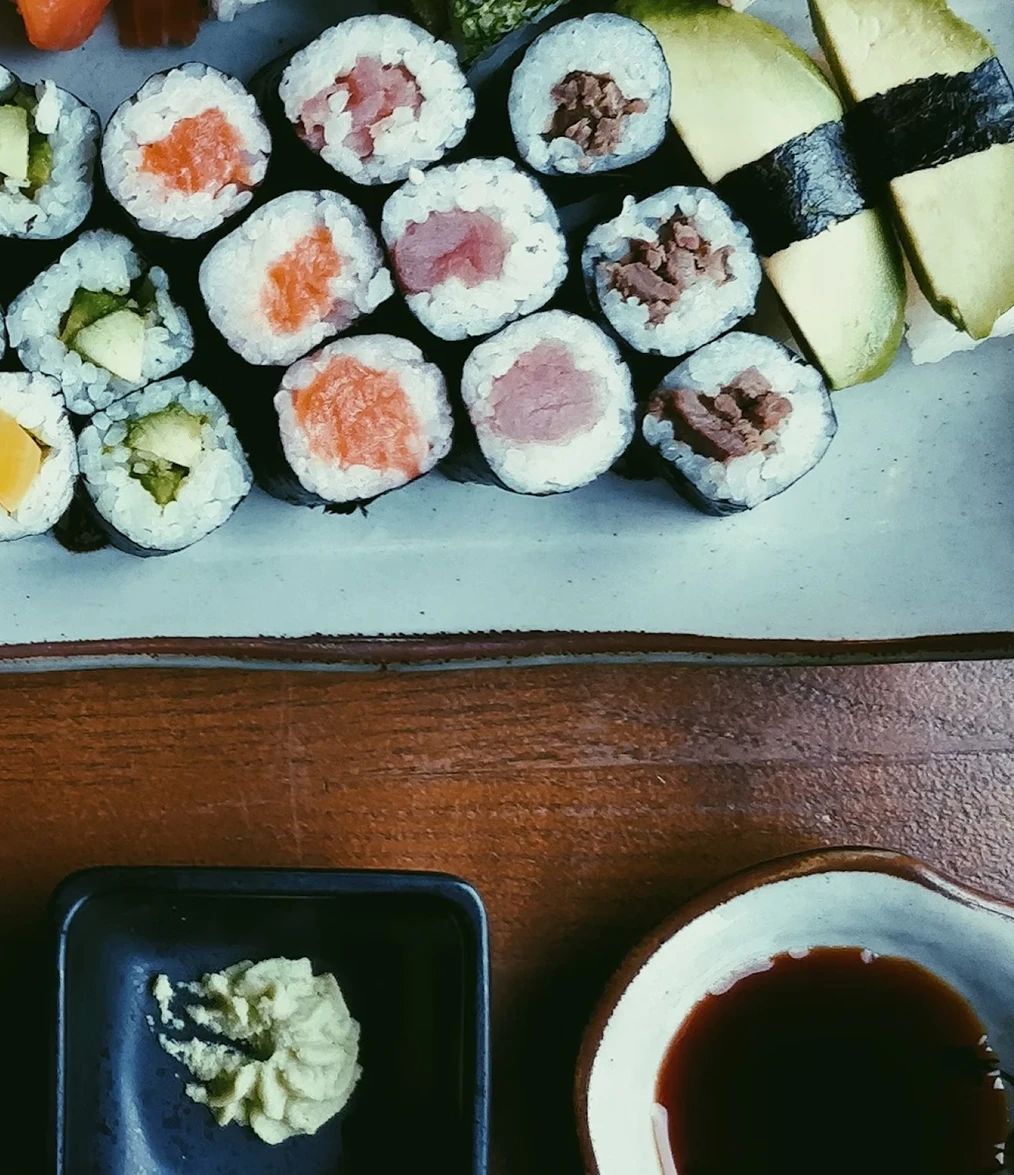- HISTORY
- VINEYARDS
- OENOLOGIST
- PRODUCTION
- WINES
Cénit Collection
Field Blend Collection
- CONTACT
- ···
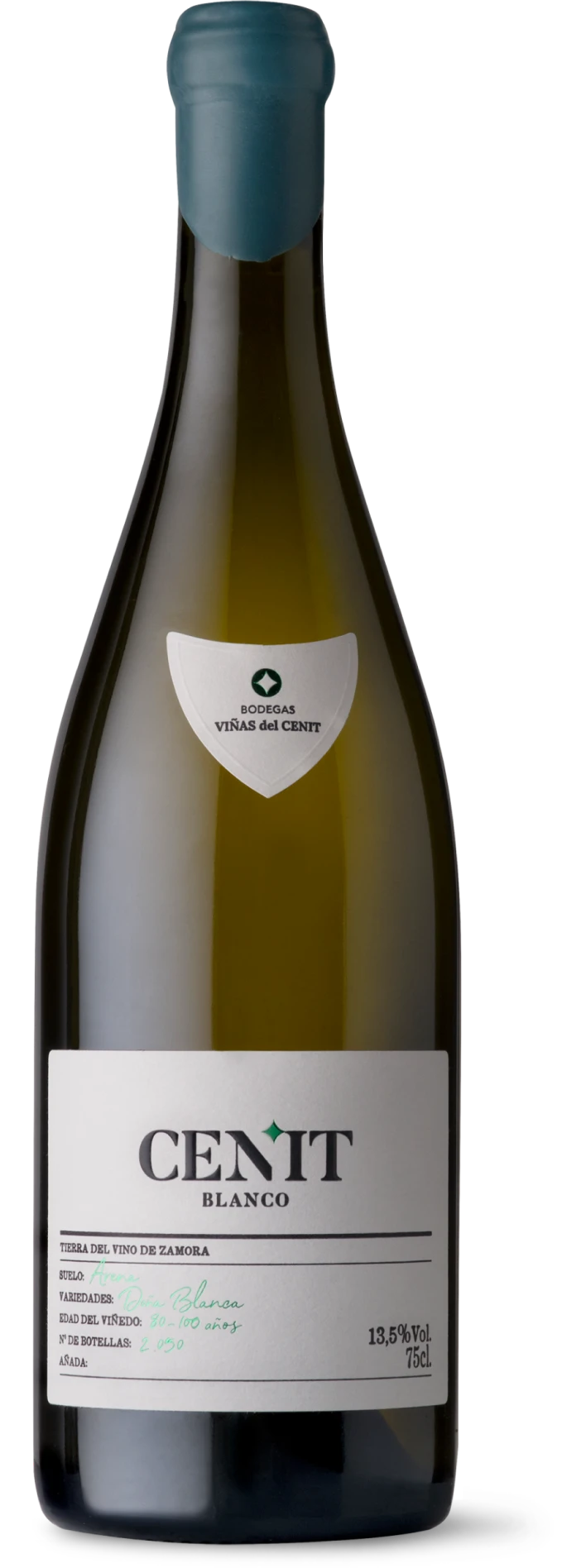
A blend of multiple white varieties from old vines. A wine that expresses the full potential of varietal blends. Complex, suggestive and fresh, Cénit Blanco recovers and expresses all the quality of white grapes in Zamora, which for decades had been overlooked.
The wines of the Viñas del Cénit Classic Collection honor the identity of Tierra del Vino. With traditional winemaking, they stand out for their power and structure, essential elements that reflect the warmth of the region while preserving the authenticity of the terroir.
In the old vineyards of Tierra del Vino de Zamora, in addition to the ever-present Tempranillo, we also find white varieties such as Doña Blanca, Verdejo, Godello, Albillo, and Palomino, which we use to craft white wines that reveal the fuller, more complex identity of this winemaking region.
Harvesting time for each plot is carefully chosen to ensure optimum ripeness while preserving the wines’ natural freshness and acidity. A method that ensures a well-balanced structure, in which the fruit integrates harmoniously with the wood.
Viñas del Cénit uses wood in moderation – just enough to bring out the full character of the vines. The barrels soften the tannins and add complexity, without covering up the terroir’s character. The result is elegant, deep wines that remain true to their origins.
Classic
essence
The hallmark of a
winemaking region
In the old vineyards of Tierra del Vino de Zamora, in addition to the ever-present Tempranillo, we also find white varieties such as Doña Blanca, Verdejo, Godello, Albillo, and Palomino, which we use to craft white wines that reveal the fuller, more complex identity of this winemaking region.
Power and
balance
Harvesting time for each plot is carefully chosen to ensure optimum ripeness while preserving the wines’ natural freshness and acidity. A method that ensures a well-balanced structure, in which the fruit integrates harmoniously with the wood.
A subtle use
of wood
Viñas del Cénit uses wood in moderation – just enough to bring out the full character of the vines. The barrels soften the tannins and add complexity, without covering up the terroir’s character. The result is elegant, deep wines that remain true to their origins.

A highly complex and intriguing wine, with aromas of white fruit and flowers, subtle minerality, and pronounced citrus notes.
On the palate, it has a smooth and enveloping entry, offering depth while maintaining remarkable freshness. The finish is long, with a delicate hint of bitterness.

A highly complex and intriguing wine on the nose, with aromas of white fruit and flowers, subtle minerality, and pronounced citrus notes.
On the palate, it has a smooth and enveloping entry, offering depth while maintaining remarkable freshness. The finish is long, with a delicate hint of bitterness.
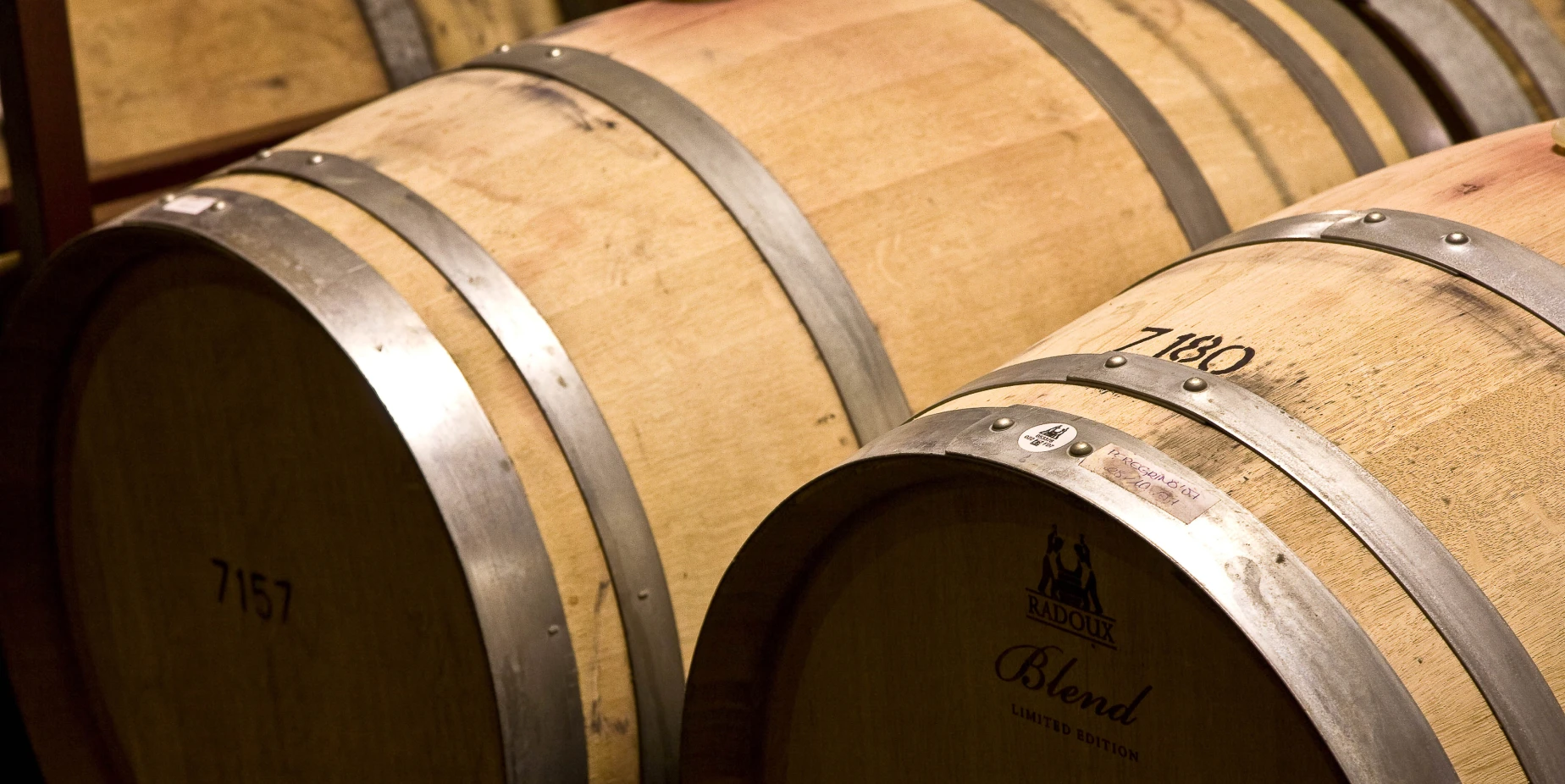
Aging: 8 months in French oak barrels.
Process: Hand harvest. Spontaneous fermentation begins, and after three days, the wine is transferred to ferment in French oak barrels. After fermentation, the wine remains in the same barrels without bâtonnage for five months, before being blended with the wine aged in tanks.
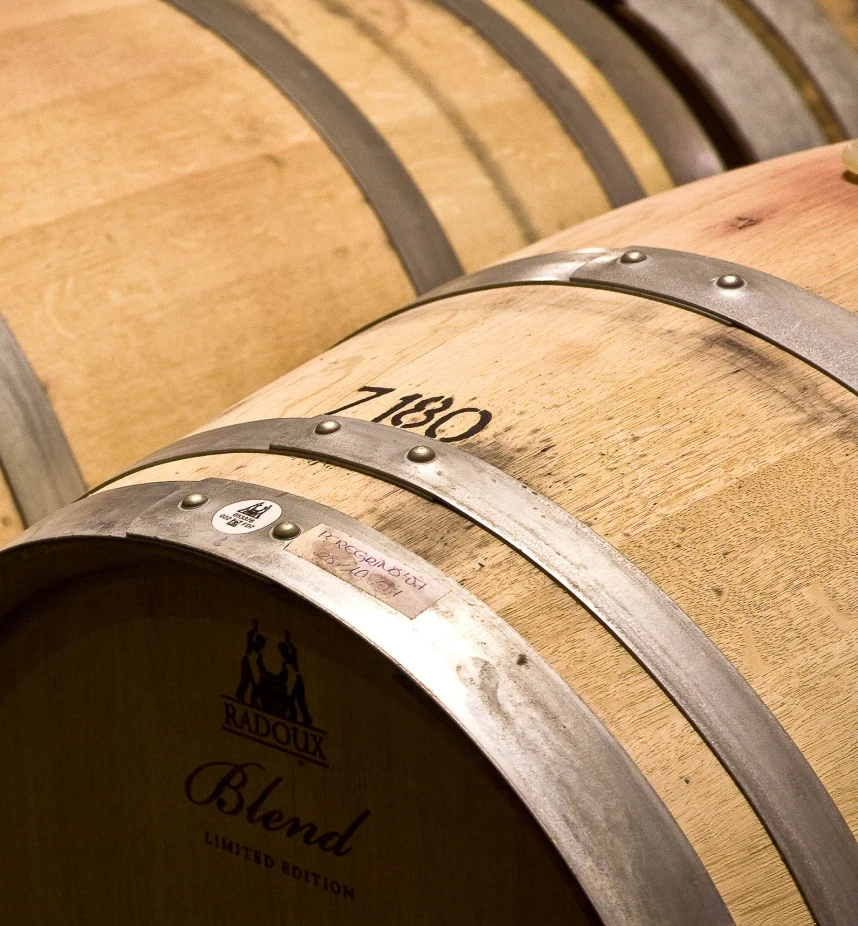
Aging: 8 months in French oak barrels.
Process: Hand harvest. Spontaneous fermentation begins, and after three days, the wine is transferred to ferment in French oak barrels. After fermentation, the wine remains in the same barrels without bâtonnage for five months, before being blended with the wine aged in tanks.
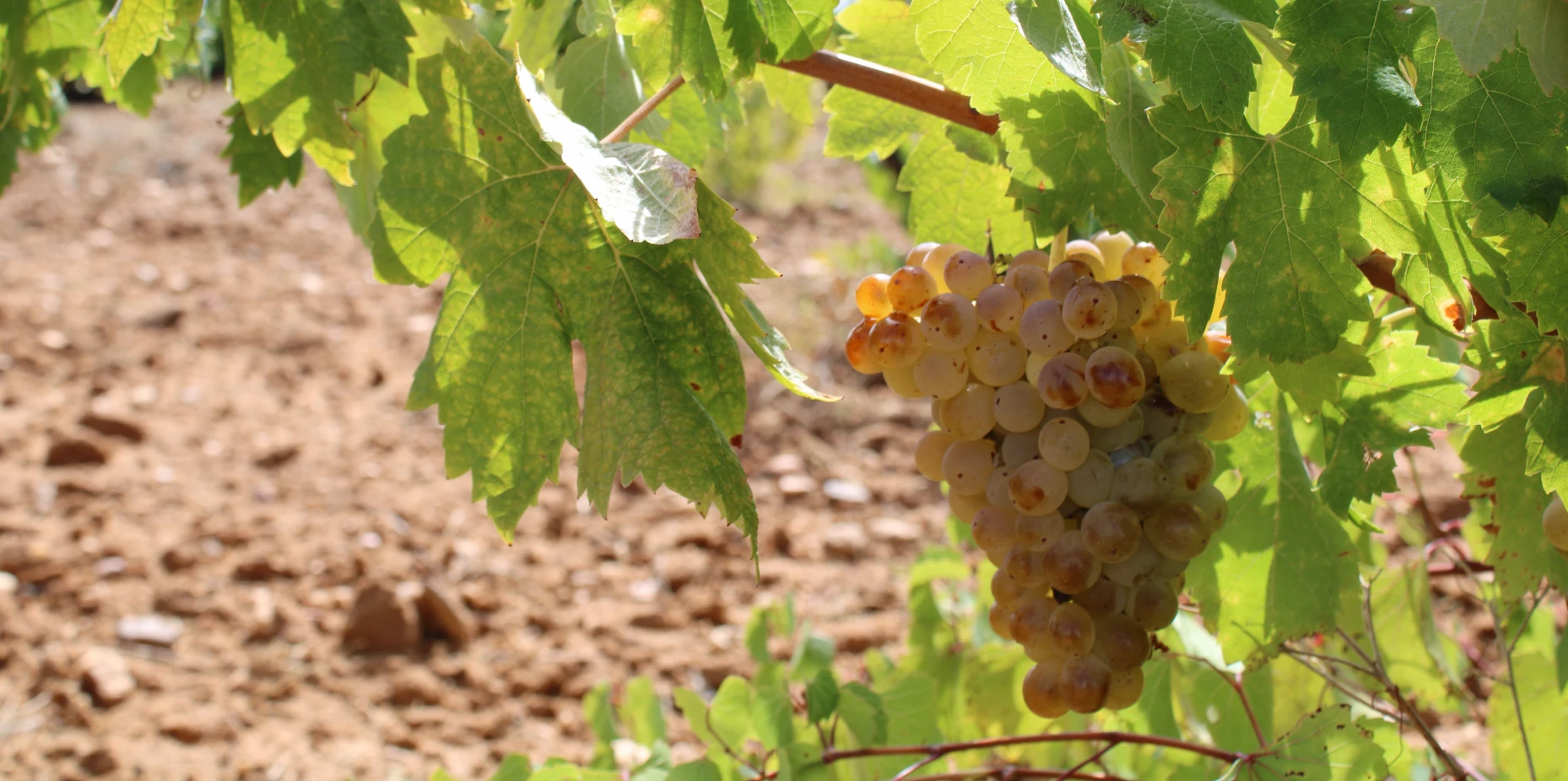
Soil: Alluvial sand and clay with pebbles.
Altitude: 400-700 meters.
Average Age: 80-100 years.
Climate: Continental with very cold winters and hot summers.
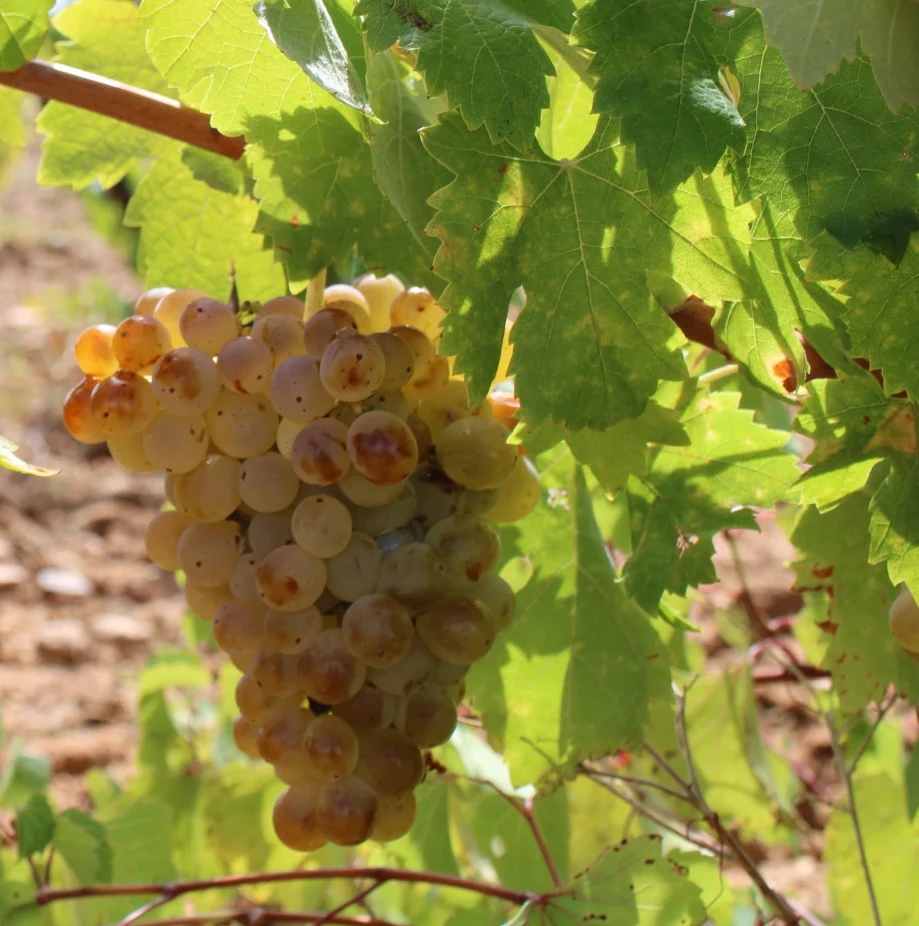
Soil: Alluvial sand and clay with pebbles.
Altitude: 400-700 meters.
Average Age: 80-100 years.
Climate: Continental with very cold winters and hot summers.
